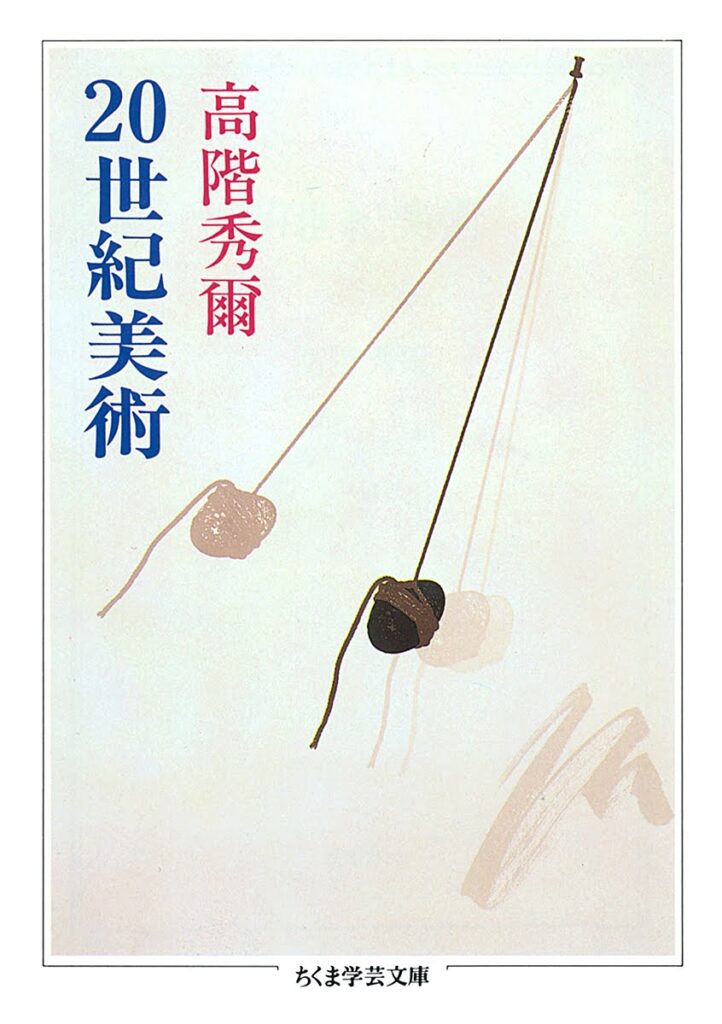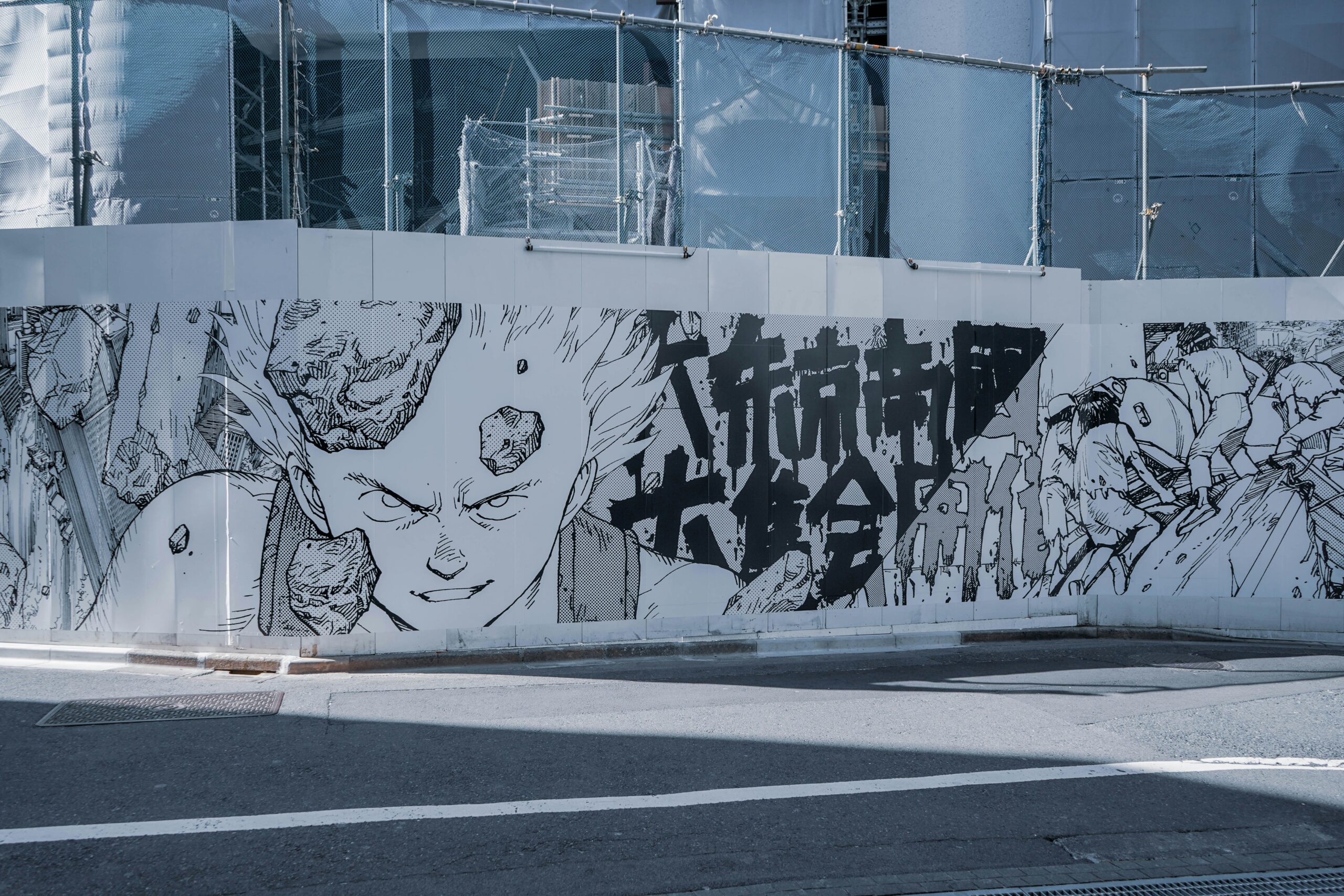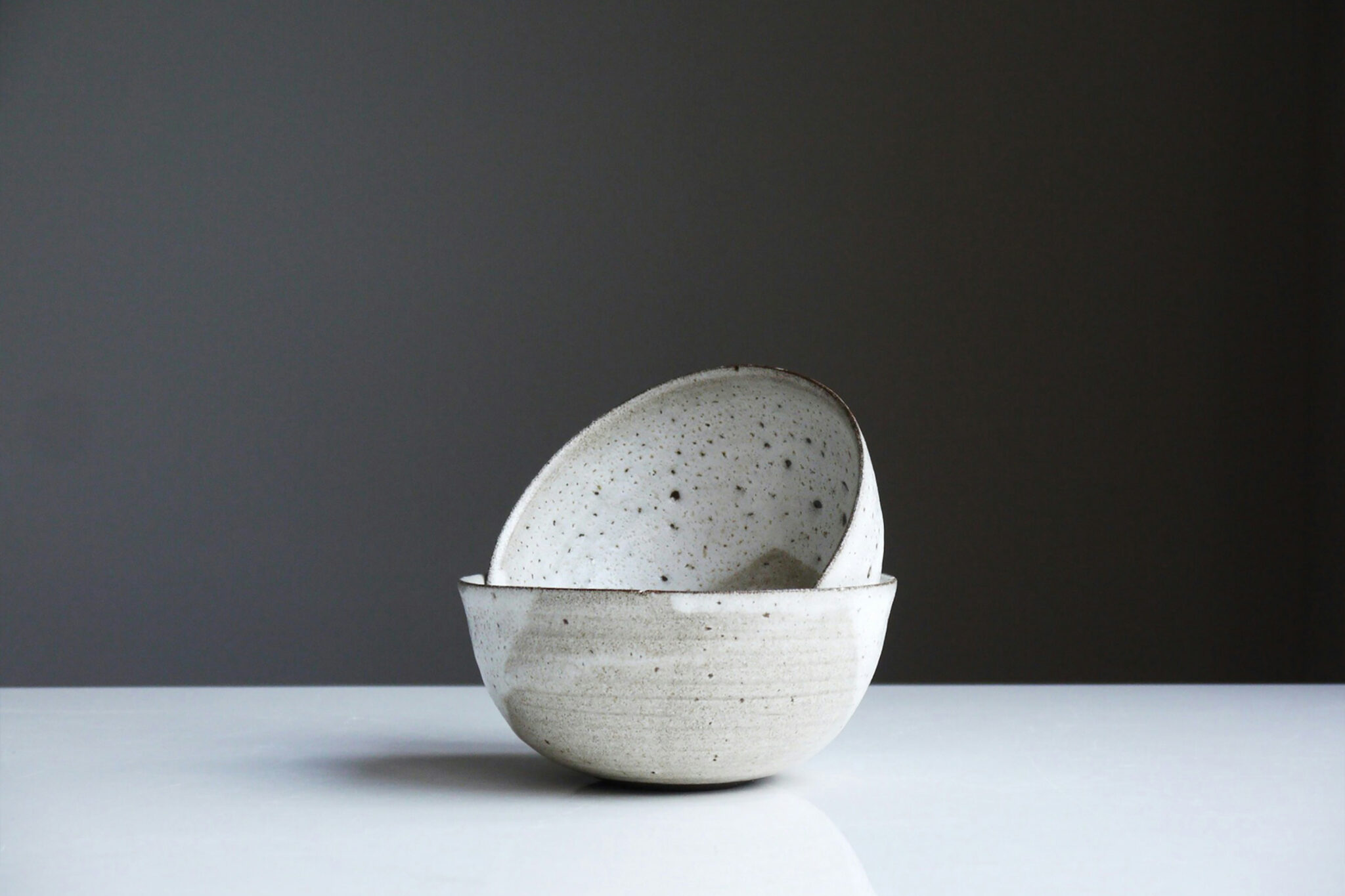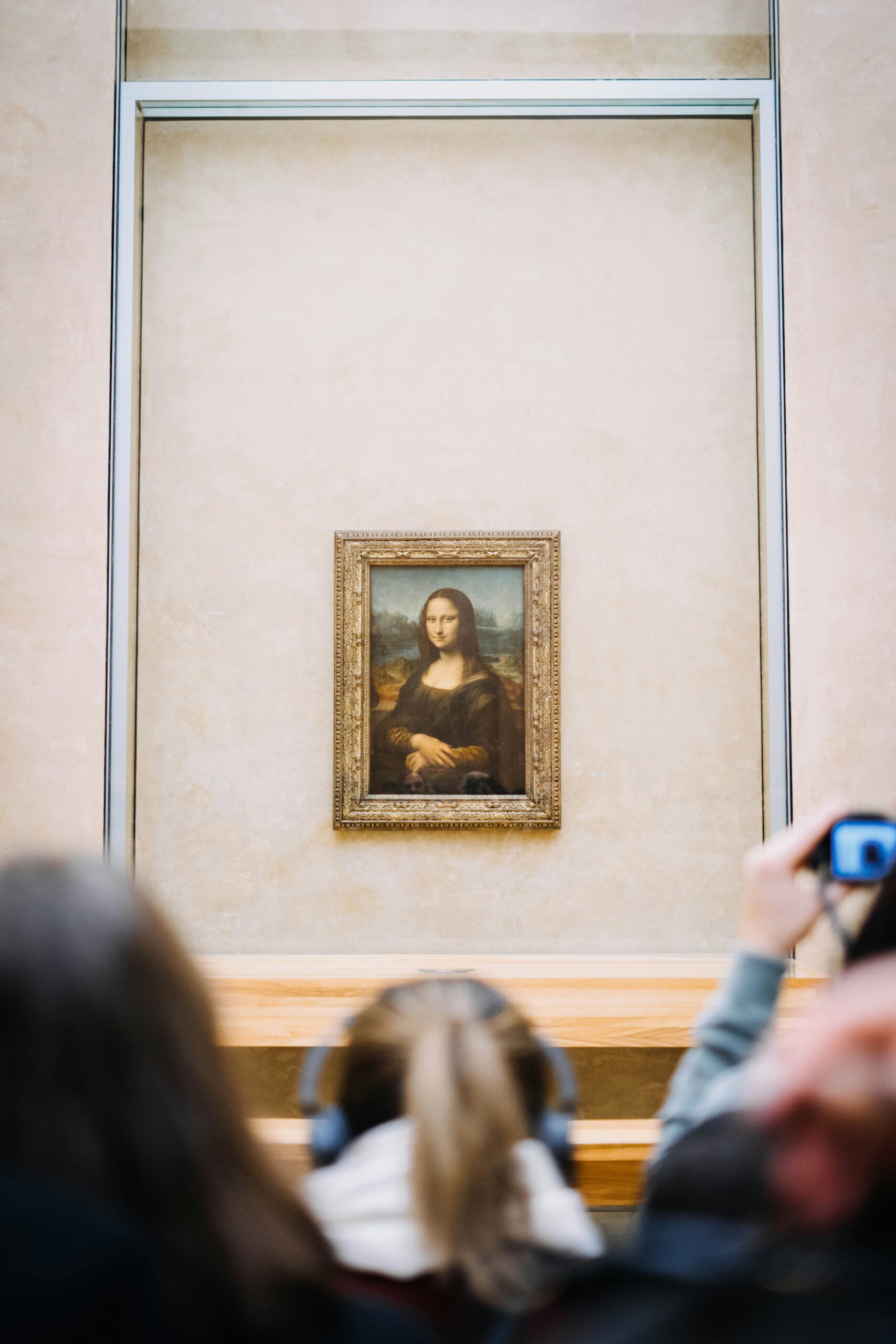Sometimes, you might find yourself walking out of a museum with questions lingering in your mind – why is this art piece being praised? what values do people see in this? – carrying home some quiet feeling of not quite understanding art.
One day, an art piece fetches tens of millions at auction; the next, you come across a beautiful piece in a small, free gallery on a city street. Elsewhere, a conceptual “project” that stretches the very definition of what art can be is perceived as an art piece. The world of art is shaped by a long history and complex theories, which makes art something you cannot fully grasp through instinct alone; something that requires understanding contexts and some sort of entry point. That’s why, in this weekly series, we will be introducing a selection of books that offer insights into the ever-expanding world of art.
April is the season for new beginnings – so why not take this chance to rediscover the world of art? This time, we are focusing on introductory art books: not the latest releases, but titles that are already on the shelves at affordable prices and easy to get your hands on. While they are definitely not academic textbooks, these books can offer fresh perspectives and valuable context to help deepen your experience the next time you have a chance to interact with an artwork.
◯The Story of Art / E.H.Gombrich (Kawade Shobo Shinsha)
The title of this series may read “This Week’s Art Reads”, but this one is a keeper for life. If you’re interested in understanding the history of art, this is the ultimate guide for you. What sets this book apart is its remarkable clarity: in a field often cluttered with complex terminology, this book remains remarkably accessible and easy to read. With rich illustrations and a clear narrative, it gives you a full tour from the cave paintings of Lascaux all the way to contemporary art, while unfolding the vast and complex world of art with grace and ease. The focus is mainly on Western art, but it covers artworks within broader historical and social contexts that add depth and relevance. In October last year, a compact “pocket edition” (same content, smaller in size) was released by Kawade Shobo. You must grab one of these – affordable and easy to carry around. While everyone is buzzing about the latest ‘PokéPoké’ craze, this little “pocket” gem deserves attention too.
◯20th Century Art / Shūji Takashina (Chikuma Gakugei Bunko)
A book from Shuji Takashima, one of Japan’s most respected art historians and critics who sadly passed away last year. Takashima served as the Director of the National Museum of Western Art until 2000, and authored many influential works, which include “How to Look at Masterpieces” and “A History of Modern Painting”. For many art students and enthusiasts, he was more than just a scholar but he was a trustful guide in the world of art. He was well known for his style of explaining complex artistic contexts in plain and simple language, making the world of art more accessible to everyone. This particular book, available in an affordable paperback edition, is a highly recommended next step for those who already have a good general grasp of art history. While putting a focus on the 20th century – an era often associated with the beginnings of “contemporary” art and sometimes seen as too complex to understand, this book traces the story from the rise of Monet and the Impressionists, through the turmoil of war, and into the evolution of contemporary art today. This book also is clearly structured with rich illustrations, offering a compact yet insightful narrative of how modern art took shape to this day.









